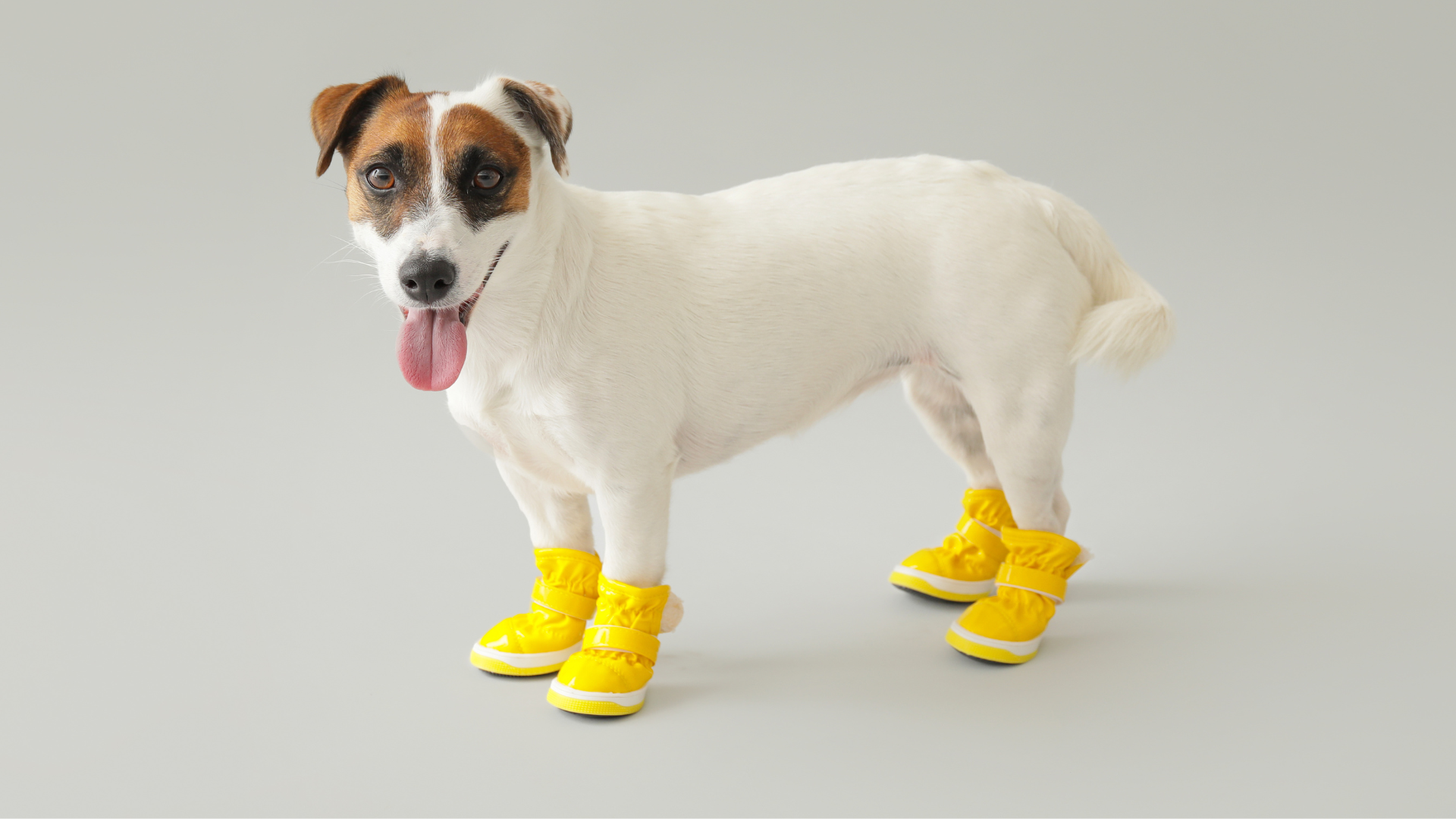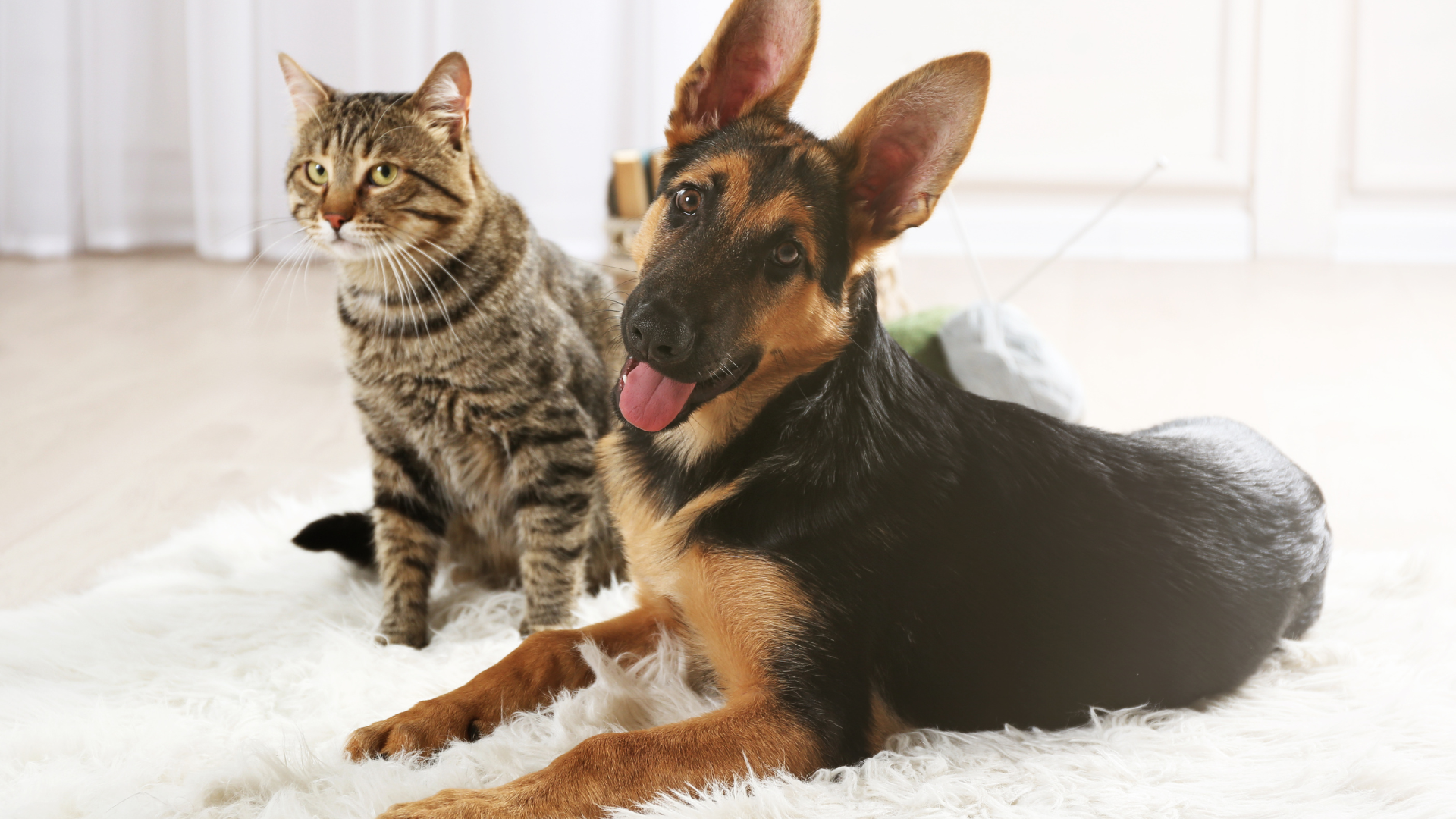If you’ve ever driven with a dog as your co-pilot, chances are you’ve seen them eagerly press their nose against the open car window, ears flapping in the wind, eyes squinting with pure joy. It’s one of the most iconic sights of dog ownership, and for many pet parents, it sparks a simple but fascinating question: Why do dogs love sticking their heads out car windows so much?
The answer is more than just “because it’s fun.” There are surprising layers of science, instinct, and psychology behind this quirky canine behavior. From their incredible sense of smell to the emotional enrichment they get from the experience, riding with their head out the window is like a sensory vacation for dogs.
In this first part of our deep dive, we’ll uncover the instinctive, scientific, and psychological reasons that explain why this behavior is so common and beloved. And if you’re a dedicated pet parent looking for more useful pet care tips, be sure to explore the Good Natured Brand Blog, where we share guides designed to make life with your furry family members easier and healthier.
Why Dogs Love Sticking Their Heads Out Car Windows
For humans, car rides are simply a way to get from point A to point B. But for dogs, the journey is often more exciting than the destination. The moment that window rolls down, dogs are exposed to a world that changes second by second—a constant stream of smells, sights, and sounds rushing past them.
Dogs are driven by instinct. Their primal ancestors scouted their surroundings by tracking scents in the wind. When a dog leans into the breeze on a car ride, they’re tapping into this deeply rooted behavior. It’s not just enjoyable; it’s fulfilling on an instinctual level.
Unlike us, who mainly rely on sight, dogs live in a scent-driven world. Each whiff of air outside the window contains information: who walked by, what animals are nearby, whether there’s food around, and countless other invisible signals. To a dog, rolling down that car window is the equivalent of turning on a high-definition nature documentary.
The Science of a Dog’s Supercharged Sense of Smell
To understand why car windows are irresistible to dogs, you need to appreciate the power of their noses. Humans have about 5 million scent receptors in our nasal passages. Dogs? Depending on the breed, they can have anywhere from 125 million to 300 million. Their brains are also wired to process smells much more intensively—about 40 times more than ours.
When a dog sticks its head out the car window, it isn’t just “smelling” in the way we might sniff a flower. They’re experiencing a full sensory story. Scientists often describe it as dogs “seeing in smells.” Where we perceive a single odor, dogs can separate that into countless layers—identifying what, where, and when something happened.
The airflow of a moving car creates the perfect storm for this sensory superpower. Instead of sniffing the air from one environment at a time, the wind brings an ongoing, rapid-fire sequence of smells from entire neighborhoods, fields, or city blocks. For your dog, this is like switching from dial-up internet to high-speed fiber optics—an instant upgrade in stimulation.
Dogs and the Joy of Fresh Air While Traveling
It’s not only about scents. Fresh air itself plays a big role in why dogs seem so joyful with their heads out the window. Just like we prefer fresh air over being in a stuffy room, dogs are more comfortable with air circulation during car rides. The breeze cools them down, prevents them from overheating, and keeps them energized during the trip.
There’s also an instinctive, primal satisfaction to “feeling the wind.” For centuries, dogs’ ancestors lived outdoors, constantly exposed to the changing environment. Modern dogs may live indoors, but those instincts haven’t gone away. Sticking their head out the car window lets them reconnect with that natural rhythm—even if it’s just for a ride to the park.
Interestingly, some breeds seem to enjoy it more than others. Dogs bred for scent tracking, like hounds or retrievers, tend to be especially enthusiastic window riders. For them, the smell-rich wind is like candy to their brains. Meanwhile, brachycephalic (short-nosed) breeds like pugs or bulldogs may not stick their heads out as often, partly due to breathing challenges.
Psychological Benefits: Why Dogs Seem Happier With Heads Out the Window
There’s no denying the look of pure bliss on a dog’s face when the window is down. But beyond the smiles and wagging tails, there are real psychological benefits at play.
Car rides can sometimes be stressful or boring for dogs if confined in a small space. Allowing them to safely enjoy the airflow stimulates their minds, reduces anxiety, and provides a form of enrichment similar to puzzle toys or playtime. Each whiff of air brings a burst of new information, which combats boredom and keeps them mentally active.
The experience is also emotionally rewarding. The combination of stimulation, novelty, and comfort creates positive associations with car travel. This can be especially helpful if your dog tends to get nervous during rides. Instead of dreading the car, they start to associate it with one of their favorite activities.
Is It Just Fun, or Do Dogs Really Need to Stick Their Heads Out Car Windows?
It’s important to make a distinction: while sticking their heads out the window is highly enjoyable for dogs, it isn’t something they need in order to be healthy or happy. Dogs can still thrive without it, as long as they get plenty of physical exercise and mental stimulation in other ways.
That said, when done safely and in moderation, this behavior can be a wonderful source of joy. The key is balancing the fun with safety precautions—which we’ll cover in Part 2 of this guide. You’ll learn about potential risks, how to keep your dog protected, and even how to deal with the inevitable mess left behind from car rides (hello, fur and paw prints—thank goodness for eco-friendly Carpet Deodorizers, Laundry Powders, and All-Purpose Cleaners).
The Hidden Dangers of Dogs Sticking Their Heads Out Car Windows
As joyful as it looks, letting dogs ride with their heads out the window does come with risks that pet parents should be aware of. What seems like harmless fun can actually lead to injuries or health issues.
One of the most common problems is eye irritation. When dogs ride with their faces in the open air, dust, dirt, pollen, and even small debris can hit their eyes at high speeds. This can cause anything from mild discomfort to scratches on the cornea, which may require veterinary care.
Ear infections are another concern. The constant rush of wind into the ears can lead to inflammation and make dogs more vulnerable to infections. Over time, frequent exposure to strong air currents may also contribute to long-term ear problems, especially in breeds with long or floppy ears.
And of course, there’s the risk of accidents. A sudden stop or swerve can cause a dog to lose balance or, in extreme cases, even be thrown from the car if they’re not secured. These dangers don’t mean you need to ban windows-down rides forever, but they do highlight why it’s important to be cautious.
Safe Alternatives to Letting Dogs Stick Their Heads Out Car Windows
Pet parents can still give their furry friends the joys of fresh air without the added risks. Cracking the window just a few inches allows air circulation without giving your dog full access to lean outside. This way, they can enjoy the breeze without exposing their face or body to flying debris.
Another great option is using a properly fitted dog seatbelt or harness. These not only keep your dog secure during the ride but also allow them to sit comfortably near the window. Pair this with specially designed dog-safe window screens, which provide an extra layer of protection while still letting airflow through.
Even with these adjustments, dogs will still enjoy the journey—it’s all about balancing their excitement with safety.
How Pet Owners Can Make Car Rides Safer and More Comfortable
Car rides don’t have to be risky, and with a few adjustments, you can make the experience more enjoyable for both you and your dog. Start with preparation: bring along fresh water, especially on long trips, and schedule breaks for stretching and bathroom needs. These small details make a big difference in your pet’s comfort.
For dogs that get anxious during car rides, calming sprays or familiar scents can help. A favorite toy, blanket, or cushion can provide comfort, turning the car into a more secure space. If your dog tends to move around a lot, keeping them in a crate or carrier lined with a soft blanket may help reduce stress.
Ultimately, creating a safe and comfortable environment ensures that car rides remain a positive experience rather than a stressful one.
How to Handle the Mess: Cleaning Tips for Dog Owners After Car Rides
No matter how careful you are, car rides with dogs usually leave behind fur, paw prints, or that “doggy smell.” Fortunately, with the right tools, cleanup doesn’t have to be a headache.
For car carpets and mats, natural Carpet Deodorizers work wonders at neutralizing lingering odors and freshening up fibers without harsh chemicals. They’re especially helpful after trips to the park or beach, when dirt and moisture can leave behind musty smells.
If your dog’s travel blankets, seat covers, or bedding need a refresh, wash them with eco-friendly Laundry Powders. These powders are tough on odors but gentle enough to keep fabrics safe for sensitive pets.
And for wiping down hard surfaces like doors, seats, and plastic panels, a natural All-Purpose Cleaner is the best solution. It quickly removes paw prints, drool marks, and dirt while keeping the car environment safe for your pet.
By keeping your cleaning routine simple, you can maintain a fresh-smelling car that’s ready for the next adventure—without worrying about harmful chemicals around your dog.
Training Tips: Teaching Dogs to Enjoy Car Rides Without Window Risks
Some dogs become so fixated on the window that it’s hard to convince them otherwise. Training can help redirect this enthusiasm in healthier ways. Start by rewarding calm behavior inside the car. Praise and treats should be given when your dog sits quietly instead of pawing at the window.
Gradually accustom your dog to enjoying rides with the windows cracked rather than fully down. Over time, they’ll learn that rides are still enjoyable even without leaning outside. You can also provide distractions, such as chew toys or treat puzzles, to keep their focus inside the car.
Consistency is key. With patience and repetition, your dog will learn that the car is a safe and fun place, even if their nose isn’t pressed against the open air.
Final Thoughts: The Balance Between Fun and Safety
Watching a dog joyfully hang its head out the window is one of those small joys that makes pet ownership so rewarding. It’s a behavior rooted in instinct, amplified by science, and filled with emotional benefits for our furry companions. But as responsible pet parents, we also need to recognize the potential risks and make adjustments to keep them safe.
By offering safe alternatives, keeping rides comfortable, and maintaining a clean car with products like Carpet Deodorizers, Laundry Powders, and All-Purpose Cleaners, you can strike the perfect balance between your dog’s happiness and their health.
For more eco-friendly tips on caring for your pets and home, be sure to explore the Good Natured Brand Blog. And if you’re looking for safe, natural products that keep your living spaces fresh and pet-friendly, visit the Good Natured Brand main page to discover solutions designed with families like yours in mind.


















